LEA Guide to Devotions
Lutheran schools and early childhood services, as part of the mission of the Lutheran church, are communities of worship and service, sharing and living the good news of Jesus Christ.
GROWING DEEP: OUR FOUNDATION
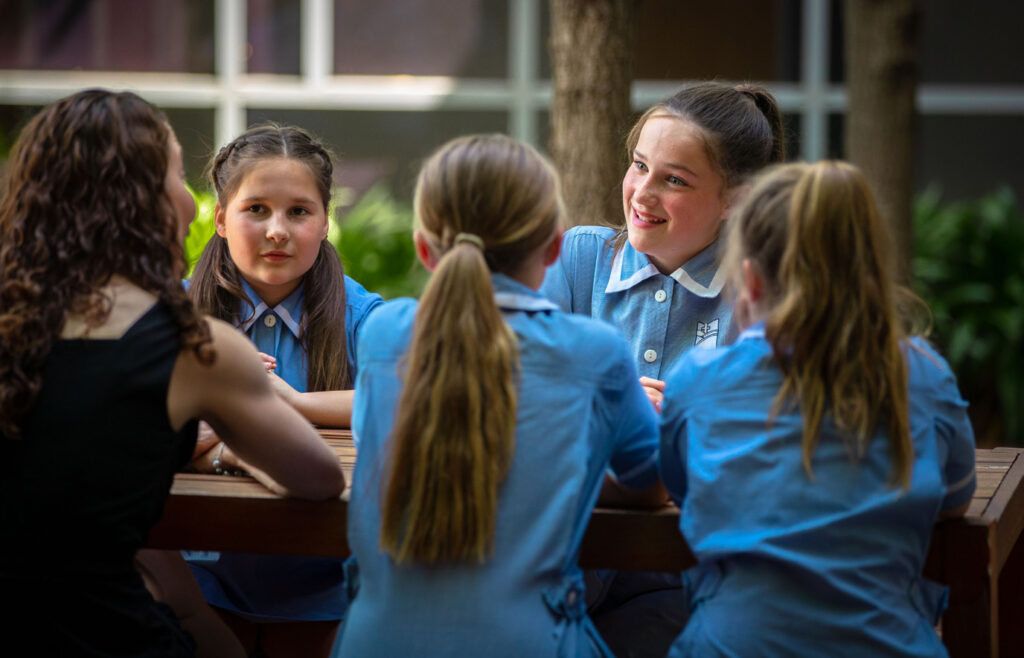
Devotions are a central part of our mission because they are the way we meet Jesus, form a relationship with God and are built up and shaped in the faith.
Staff and student devotions are part of the regular program of Lutheran education and involve all students and staff in different ways. Devotions should be conducted using language and style that communicate the relevance of the gospel to the lives of students. The faith backgrounds of students and staff can be diverse and we should be careful not to make assumptions about prior knowledge and understanding.

What are devotions?
‘But Jesus answered, “The scripture says, ‘Human beings cannot live on bread alone, but need every word that God speaks.’
(Matthew 4:4 Good News).
Christians use the word ‘devotions’ to describe daily, meaningful interaction between a believer and God. In the Lord’s Prayer, we ask God to ‘give us today our daily bread’, in other words, to feed us what we need to stay alive and to grow. Even more than earthly food, we need consume spiritual food – the word of God – so that our faith can grow and flourish. Devotions can be private, between an individual and God, or held in a group like a family, workplace or class. Group devotions strengthen the faith bonds between believers as well as with God.
Christians use the word ‘devotions’ to describe daily, meaningful interaction between a believer and God. In the Lord’s Prayer, we ask God to ‘give us today our daily bread’, in other words, to feed us what we need to stay alive and to grow. Even more than earthly food, we need consume spiritual food – the word of God – so that our faith can grow and flourish. Devotions can be private, between an individual and God, or held in a group like a family, workplace or class. Group devotions strengthen the faith bonds between believers as well as with God.

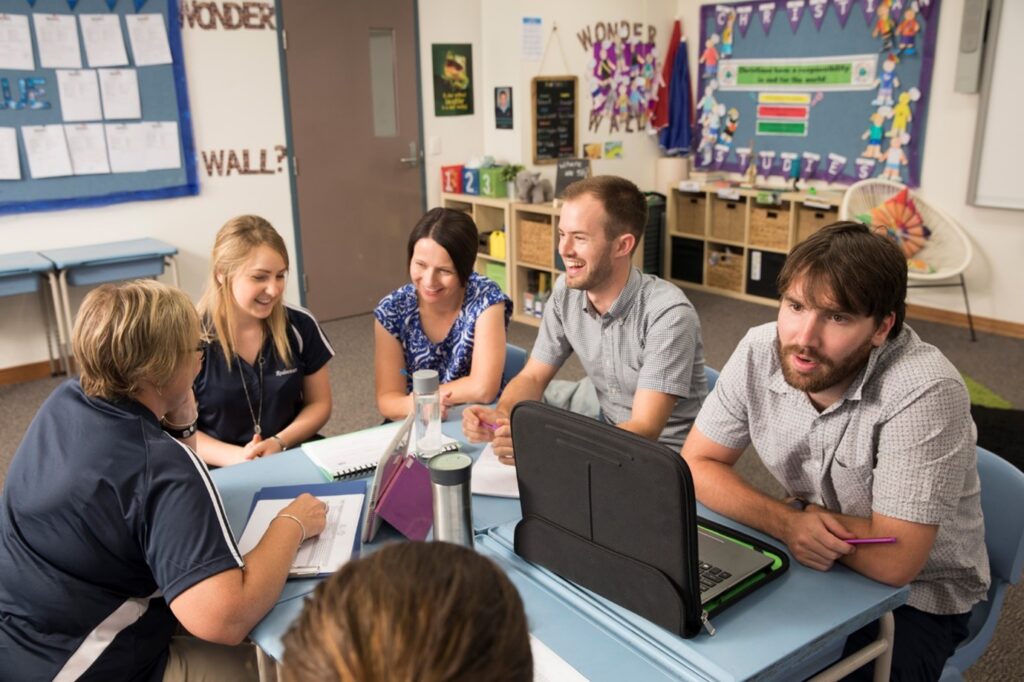
Staff devotions
Staff often begin the day together around God’s word in staff devotions. This can be a special time where staff come together to share and pray about the joys and challenges of community life. It is an informal time that may occur in the staffroom or classrooms. Each school or ECS will have their own ways of conducting and involving staff in devotions.
Class devotions
Teachers in early childhood services, primary
and secondary schools lead and involve students in devotions. Class devotions will vary in format from teacher to teacher but play an integral part in class life. Devotions are age appropriate and may involve reading or viewing a Bible story or verses, singing and praying.
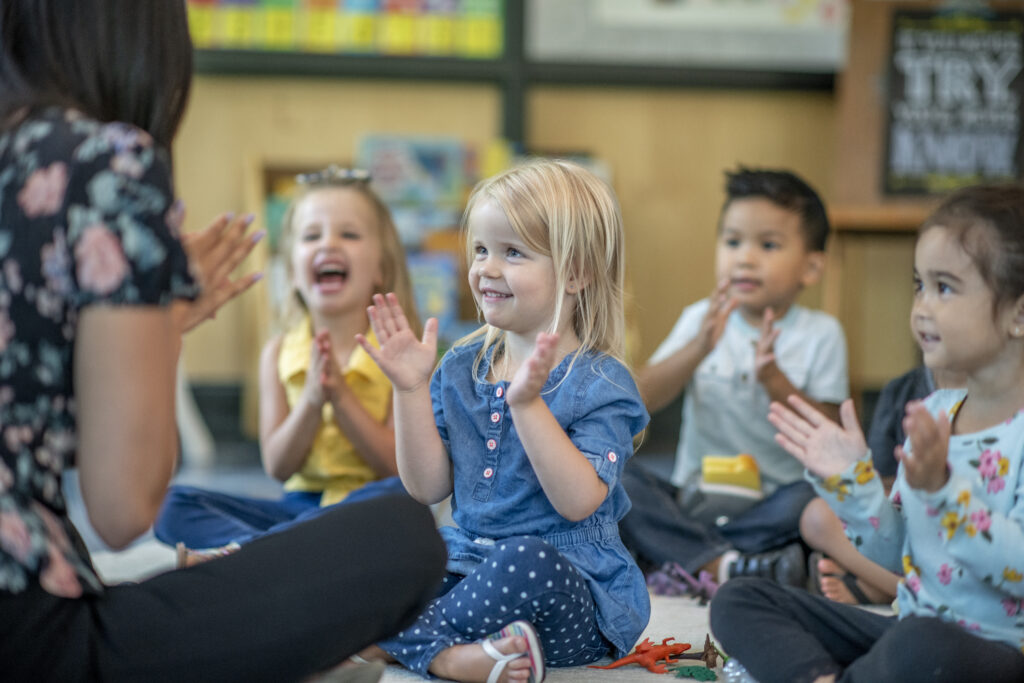
Sacred spaces
Teachers are encouraged to create a worship space/altar for class devotions, to signal that devotions are a special time, set apart from the rest of the school day. On the altar may be a cross, candles, a Bible (appropriate for the year level). Student artwork may surround the altar to show that this is a special space.
Consider how you can create a special space and time for the class or pastoral care group devotions.
Rituals and routine
Sacred space and time can also be created through rituals such as draping a class table with fabric and placing an open Bible on the fabric at the start of devotional time, the use of candles, sitting together in a circle or special place or using music to create a worshipful atmosphere. Students of all ages may enjoy being part of small rituals. Devotions should take 10-15 minutes. It’s a good idea to hold devotions at a regular time, such as immediately after morning roll call, so that it is part of the students’ regular routine (and so it doesn’t slip off the agenda on busy days).
Consider how you can create a special space and time for the class or pastoral care group devotions.

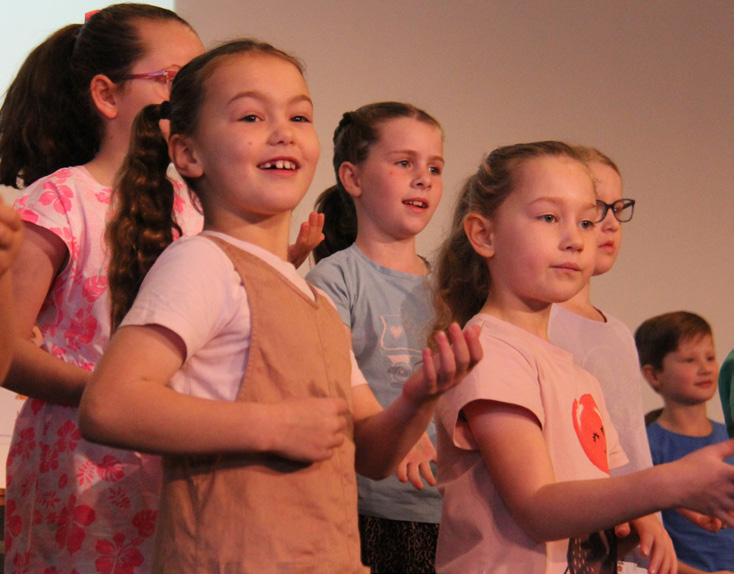
Student involvement in class devotions
It is important to model for students what is important in class devotions. It is helpful to provide some structure and access to appropriate resources for students to help lead and participate in devotions.
You may consider:
- Developing devotional orders appropriate for the year level which may be as simple as a song, Bible story and prayer in the early years to a devotion proforma with different parts and elements in the older years. Once created, involve students in using them to help plan and run the devotions as they are able. Sample devotional orders are found on the devotion resources for each age group.
- Making available a range of Bibles, prayer books, song books, devotion books, websites
- Develop a worship box with a range of resources on different themes, pictures, artwork, stories, prayer forms (such as meditative prayer reflection to responsive prayers), different signs and symbols
Organising classroom devotions
What to include
Devotions can have the following elements:

Gathering in God’s name (Invocation). Begin the devotion time in the name of the Father, the Son and the Holy Spirit.

Bible reading (Bible reading reflections)

Prayer

Song

Blessing to close the devotion
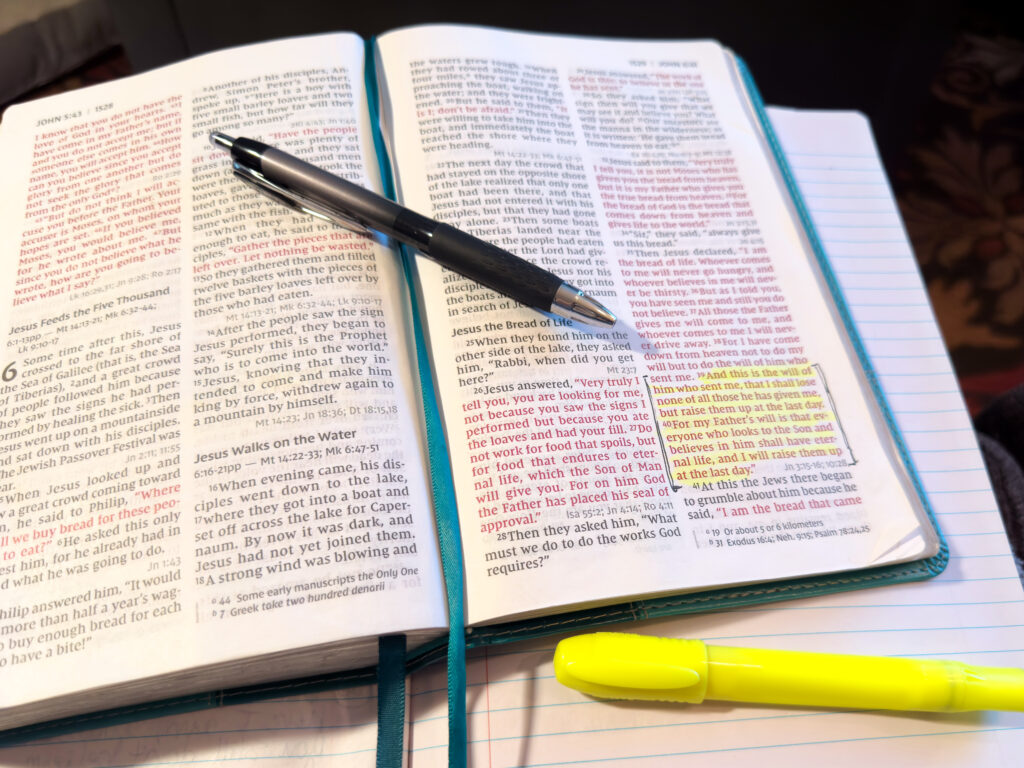
Planning a devotion
1 Choose a theme for class or pastoral care devotions.
You don’t have to have a theme, but it can help to build understanding in your students and even save you time. The theme can complement the current Christian Studies unit. Make a time to meet with your Christian Studies leader and school pastor/ chaplain/worship coordinator to discuss school expectations in relation to class or pastoral care devotions. Some schools have a theme for devotions for the term/year and accompanying resources or may follow a particular pattern of reading Bible stories/texts (a lectionary).
2 Choose a Bible story or passage that develops your theme as the focus of the devotion.
To share the story, consider:
- reading different versions or translations of the same
story over a week to compare the words used and draw out insights. Bible Gateway helps you find Bible passages and many different translations https://www.biblegateway.com/ - retelling the story using figures or pictures
- dramatising the story with students or use a reader’s theatre
- viewing the story through the Visual Bible, Youtube clips, DVDs
The LIFE curriculum menus list Bible stories for the concepts of the CSCF. Go to the Appendix section for each Band to discover the Bible Story Lists. http://www.lutheran.edu.au/elibrary/life/
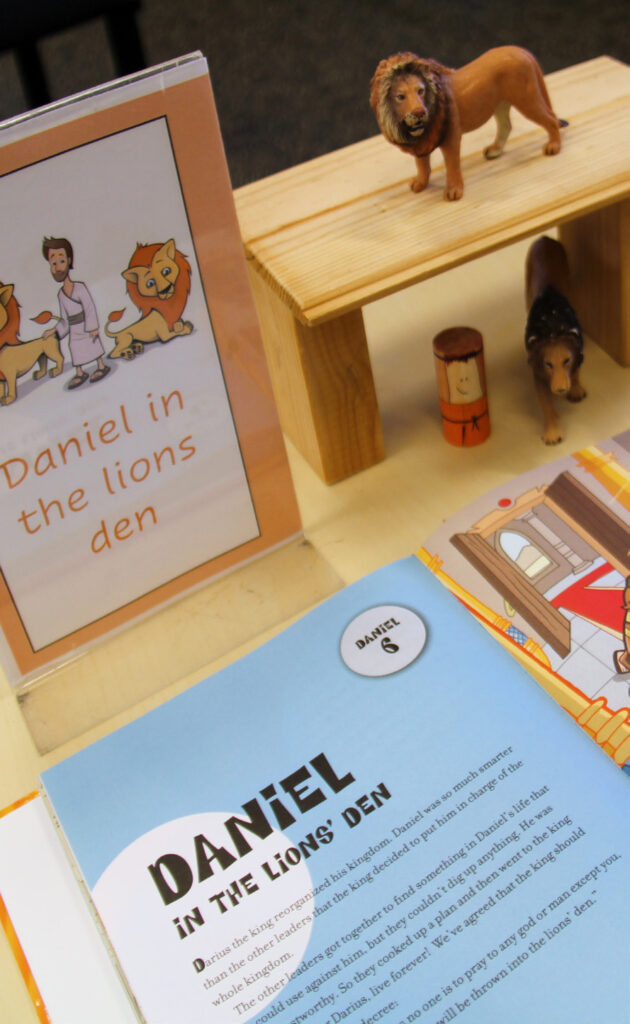

3 Plan your reflection or wondering questions for the Bible story or verses.
- Let the Bible story or verse speak for itself and do not turn it into a moralistic lesson.
It may be appropriate to provide some reflections on the Bible story that have been written by you, the students or provided by a devotion resource. - You may also like to include a question which people can discuss with an application focus or to excite imaginations. For instance: when Jesus healed the man born blind, what do you think he would have always dreamed of seeing? i.e. his parents’ faces, the sea, colours. What is one time in your life where you couldn’t see? How did that feel? These kinds of stimulus questions could come before the reading to engage students so they listen more carefully, or in the discussion time afterwards.
4 Choose an invocation for your theme.
While it’s always appropriate to begin, “In the name of the Father and the Son and the Holy Spirit”, you may like to add some variety to your devotions by also including an opening verse or short prayer which highlights the theme of the devotion. You don’t need to have a different invocation each day – you might like to have one invocation per week, to suit the theme or story.5 Choose or write a prayer for the theme
Talking to God is an important part of devotions. You can use set prayers from a devotional resource, write your own or involve students in leading and contributing to prayers. Devotions are a great time to teach students about prayer and different ways to pray.
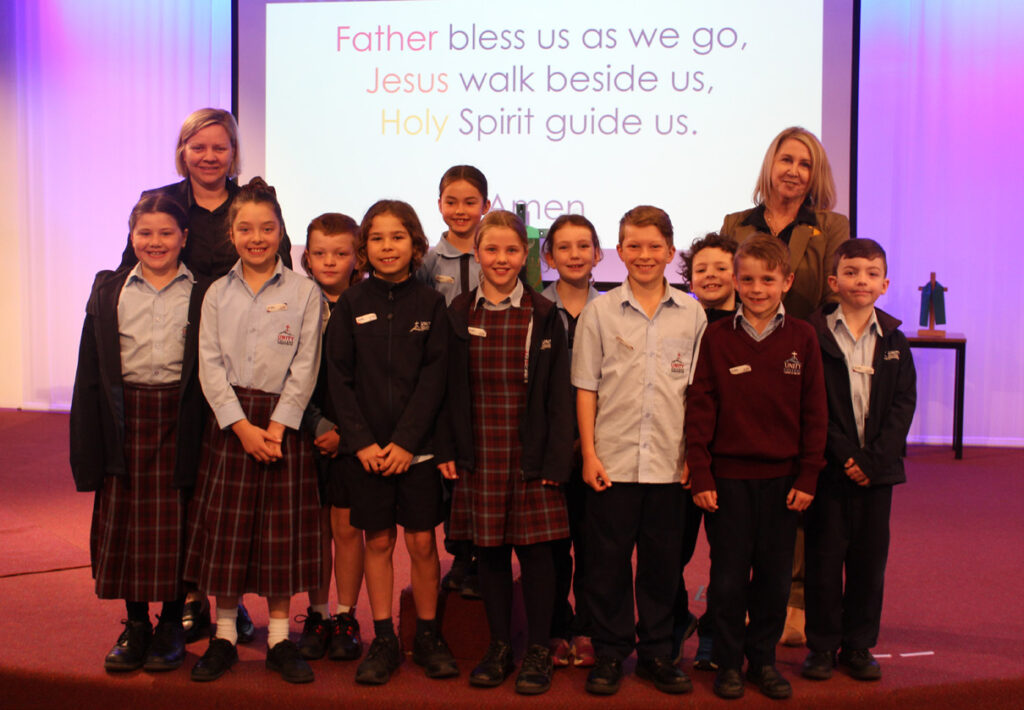
6 Choose songs
Music is a wonderful way to praise God and remember the message of what we have heard in the devotion. Students could learn a song connected to the reading/story or choose from a selection of class favourites. It may be good to include some quiet reflective songs or music just for listening.7 Choose a blessing to close the devotion
You may like to finish your devotional time with a short blessing. This can be very simple such as “God bless your day”, or more directly tied to the theme. While the teacher can bless the students, it can also be lovely to ask students to bless each other, or to take turns to bless the whole class.Conclusion


